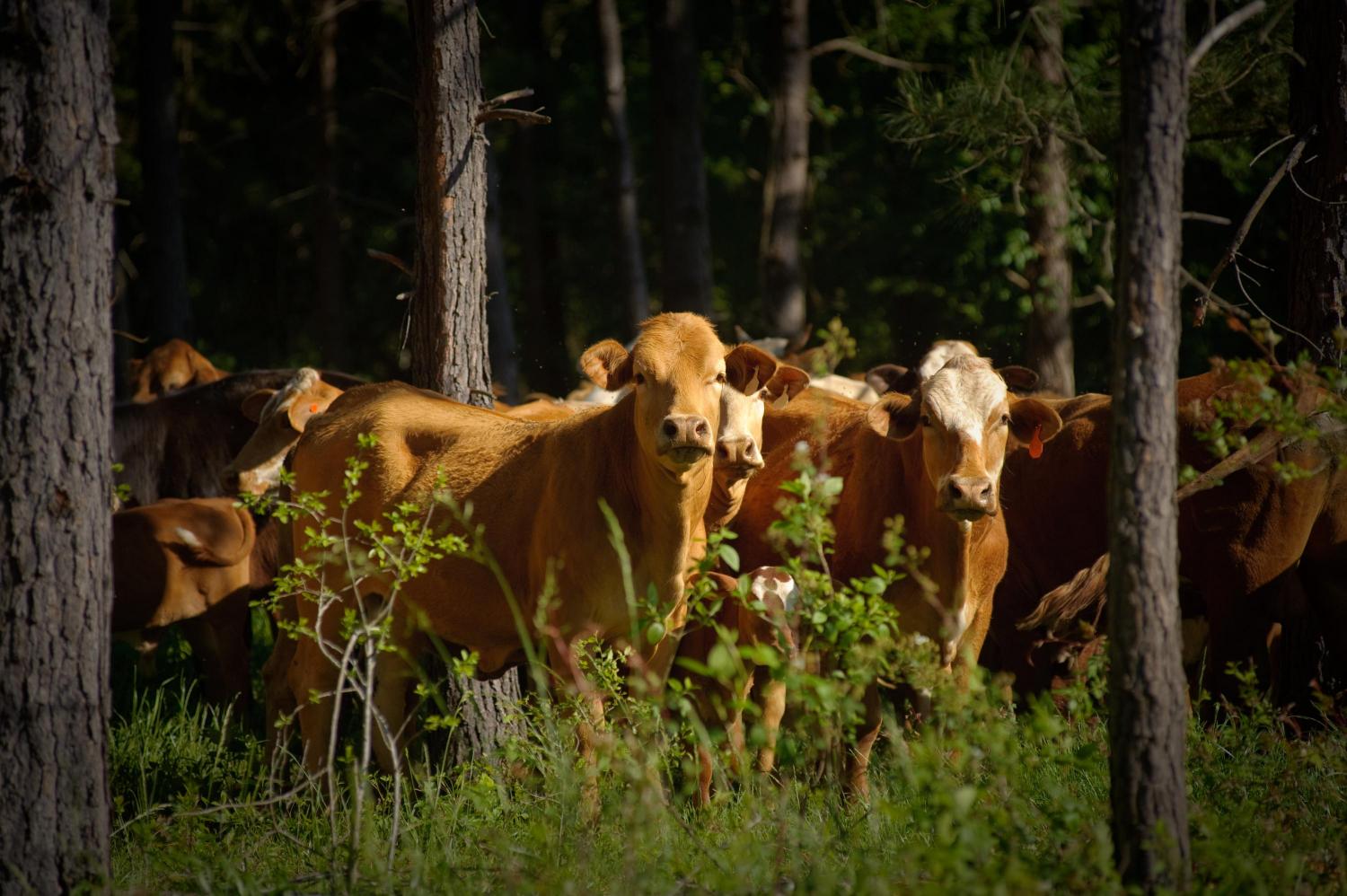
What do you think of when you hear “agroforestry?”
Do you think of trees planted amongst crops in a harmonious ecosystem? Do you see pigs in the mix?
Well, in Portugal you might. The main local agroforestry system is called montado, a system in which cork oak grows amongst cereal crops and livestock.
Yes, in the montado, trees and plants are more productive than they would have been on their own. The benefits, though, extend further. Healthier soil, higher biodiversity and sequestered atmospheric CO2 are just a few other advantages of combining farms and pastures.
The montado is an ancient farming system. Its stewardship was so successful over the centuries that the ecosystem now persists in Spain, France, Italy, Morocco, Algeria and Tunisia. These forests came about with the activity of pre-medieval humans tending to the species they found useful in the environment.
Today, farmers in Portugal are getting back to their roots and turning unproductive land into montado.
A healthy montado takes years to build. As the forest grows, chickens are added, then pigs and sheep. Cows come last. In the midst of it all, wild animals—wild boar, lynx and deer—come and go.
And how does the symbiosis between pigs and trees work? Alfredo Cunhal, a new montado farmer interviewed by The Guardian, answers:
“Animals are the key. They are important for the whole ecosystem, as well as part of the food chain. They must be balanced with the tree system. Pigs provide digestion, and are good for the soil, they disturb the ground and fertilize the land. The natural fertility cycles work better with them. The pig is not a meat machine but a friend of nature.”
The vegetation, of course, provides food for the livestock, but also much-needed shade, especially as summers continue to grow hotter around the world.
The ninth most effective way to combat climate change
Away from the Mediterranean, this form of agroforestry has another name: silvopasture.
Silvopasture was ranked number nine on the climate research organization Drawdown’s list of the 80 most effective ways to battle climate change, mostly for its ability to counteract the methane produced by cows.
Livestock is estimated to produce 27 percent of the methane in the atmosphere through their digestive processes. And methane is the second most prevalent greenhouse gas, following carbon dioxide, at 10 percent of total annual emissions.
Farmers who invest in silvopasture see many more benefits than sequestering carbon. Drawdown lists the following:
- Year-round income from trees, livestock and forestry products like fruit, nuts and mushrooms
- Healthier plants and animals
- And greater resiliency because of the diversity of the ecosystem
After a $42 billion investment, Drawdown estimates that farmers would find $699 billion in financial gain from diversifying their revenue.
What will it take to scale silvopasture?
Drawdown notes that 2.7 billion acres are suitable for silvopasture worldwide. If the current 351 million acres increases to 554 million by 2050, silvopasture would be able to reduce atmospheric CO2 by 31.2 gigatons.
In 2018, a total of 37.1 gigatons of CO2 was emitted just from fossil fuel energy, and emissions in 2019 are projected to be even higher.
The potential for silvopasture is there. Farmers only need the knowledge and incentive to transition. Drawdown claims that, historically, the practice has spread most effectively through farmer-to-farmer communication. But there are also grants to support those who are interested.
In Raleigh, North Carolina, the NC Choices initiative at the Center for Environmental Farming Systems is assisting 15 farmers interested in raising livestock in small woodlots. The owners of these lots are considering using the trees for timber.
The cattle, sheep, goats and hogs will benefit from the food and shade under the canopy, and the trees will benefit from the fertilizer.
Silvopasture is Drawdown’s top-rated agricultural practice for combatting climate change. With communication, grants and initiatives, the hope is that farmers and ranchers around the world will increasingly reap the benefits of growing trees, shrubs, cows and pigs together.
Image credit: USDA

Roya Sabri is a writer and graphic designer based in Illinois. She writes about the circular economy, advancements in CSR, the environment and equity. As a freelancer, she has worked on communications for nonprofits and multinational organizations. Find her on LinkedIn.














